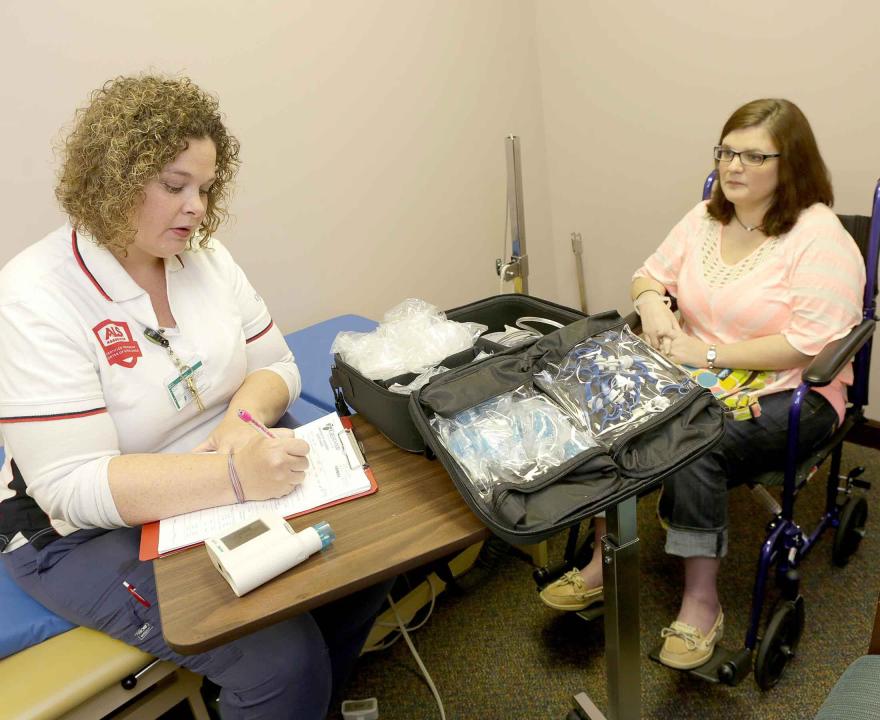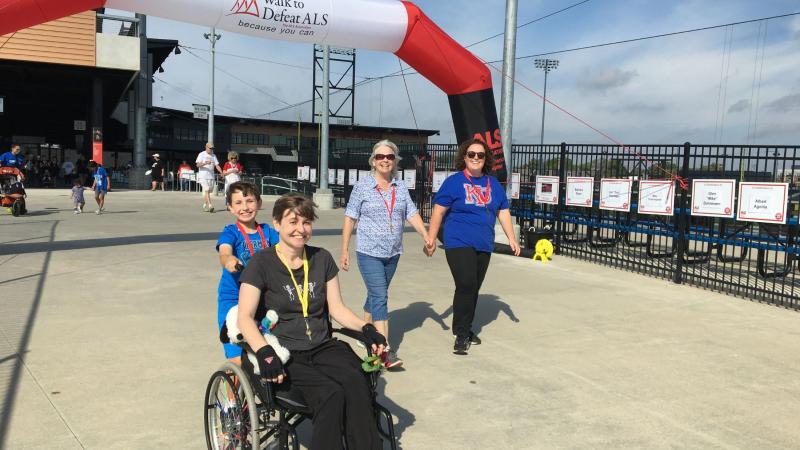
Motor neurons reach from the brain to the spinal cord and from the spinal cord to the muscles throughout the body. They govern voluntary movements and muscle control.
ALS causes these motor neurons to degenerate over time until they eventually die. When the motor neurons die, the brain can no longer initiate and control muscle movement. When voluntary muscle action is progressively affected, people may lose the ability to speak, eat, move and breathe.
ALS was identified in 1869 by French neurologist Jean-Martin Charcot, but it became more widely known internationally in 1939 when it ended the career of one of baseball’s most beloved players, Lou Gehrig. For many years, ALS was commonly known as Lou Gehrig’s Disease.
“Amyotrophic” comes from the Greek language. "A" means no. "Myo" refers to muscle. "Trophic" means nourishment. So, amyotrophic means "no muscle nourishment,” and when a muscle has no nourishment, it "atrophies" or wastes away.
"Lateral" identifies the areas in a person's spinal cord where portions of the nerve cells that signal and control the muscles are located.
As this area degenerates, it leads to scarring or hardening ("sclerosis") in the region.

Symptoms and Diagnosis
ALS is a disease that typically involves a gradual onset. The initial symptoms of ALS can be quite varied. One person may have trouble grasping a pen or lifting a coffee cup, while another may experience a change in vocal pitch when speaking.
The rate at which ALS progresses can be quite variable, as well. Although the mean survival time with ALS is two to five years, some people live five years, 10 years or even longer.
Symptoms can begin in the muscles that control speech and swallowing or in the hands, arms, legs or feet. Not all people with ALS experience the same symptoms or the same sequences or patterns of progression. However, progressive muscle weakness and paralysis are universally experienced.

Who Gets ALS?
Every 90 minutes, someone is diagnosed with the disease, and someone passes away from it.
Most people who develop ALS are between the ages of 40 and 70, with an average age of 55 at the time of diagnosis. However, cases of the disease do occur in people in their twenties and thirties.
ALS is 20% more common in men than women. However, with increasing age, the incidence of ALS is more equal between men and women.
About 90% of ALS cases occur without any known family history or genetic cause. The remaining 5-10% of ALS cases – known as familial ALS (FALS) – are inherited through a mutated gene with a known connection to the disease.
For unknown reasons, military veterans are more likely to be diagnosed with the disease than the general public.



